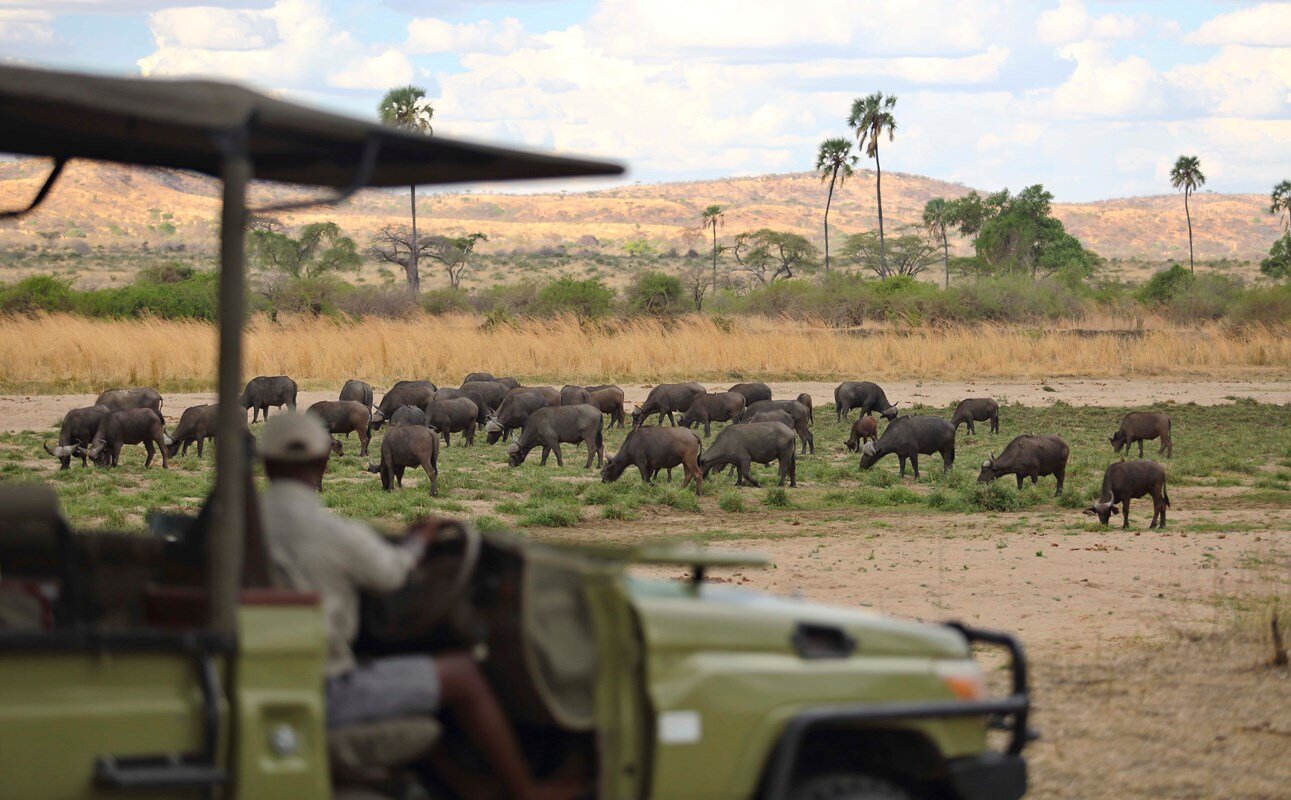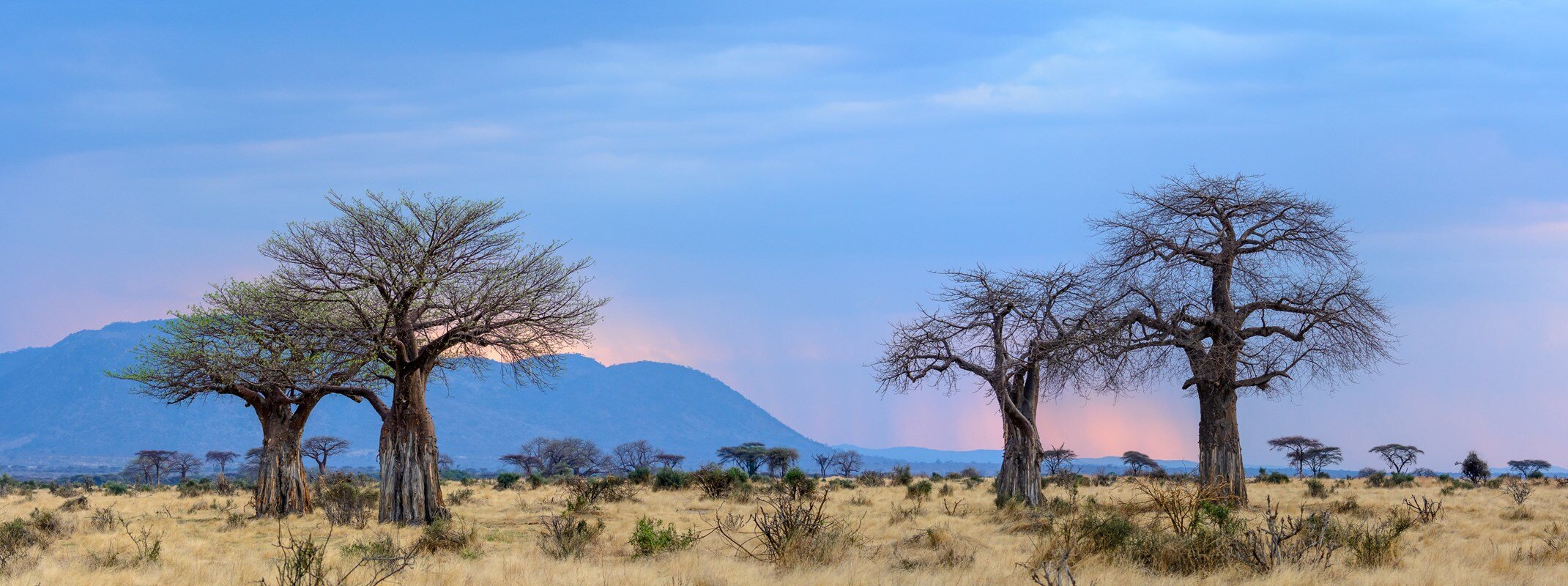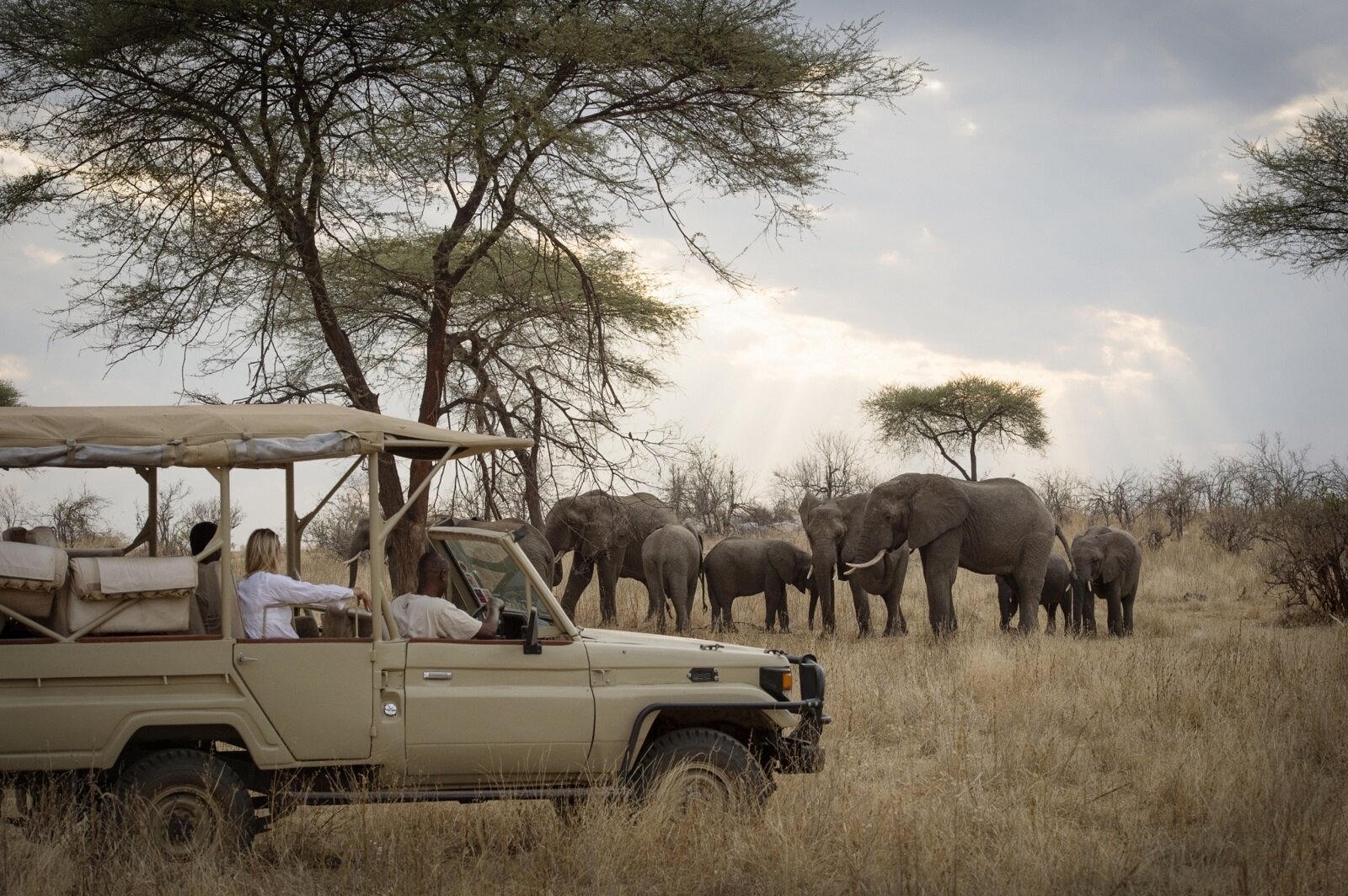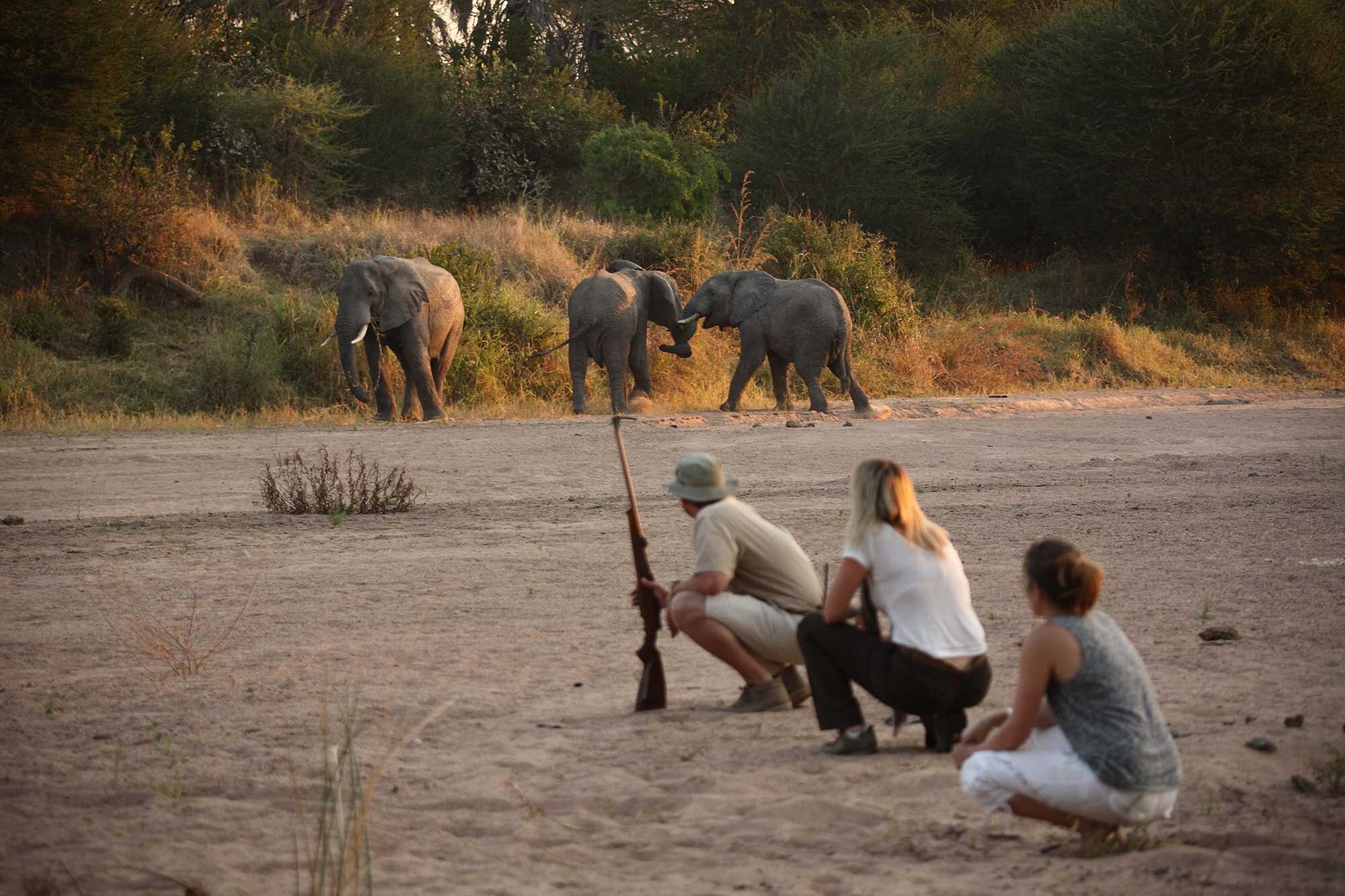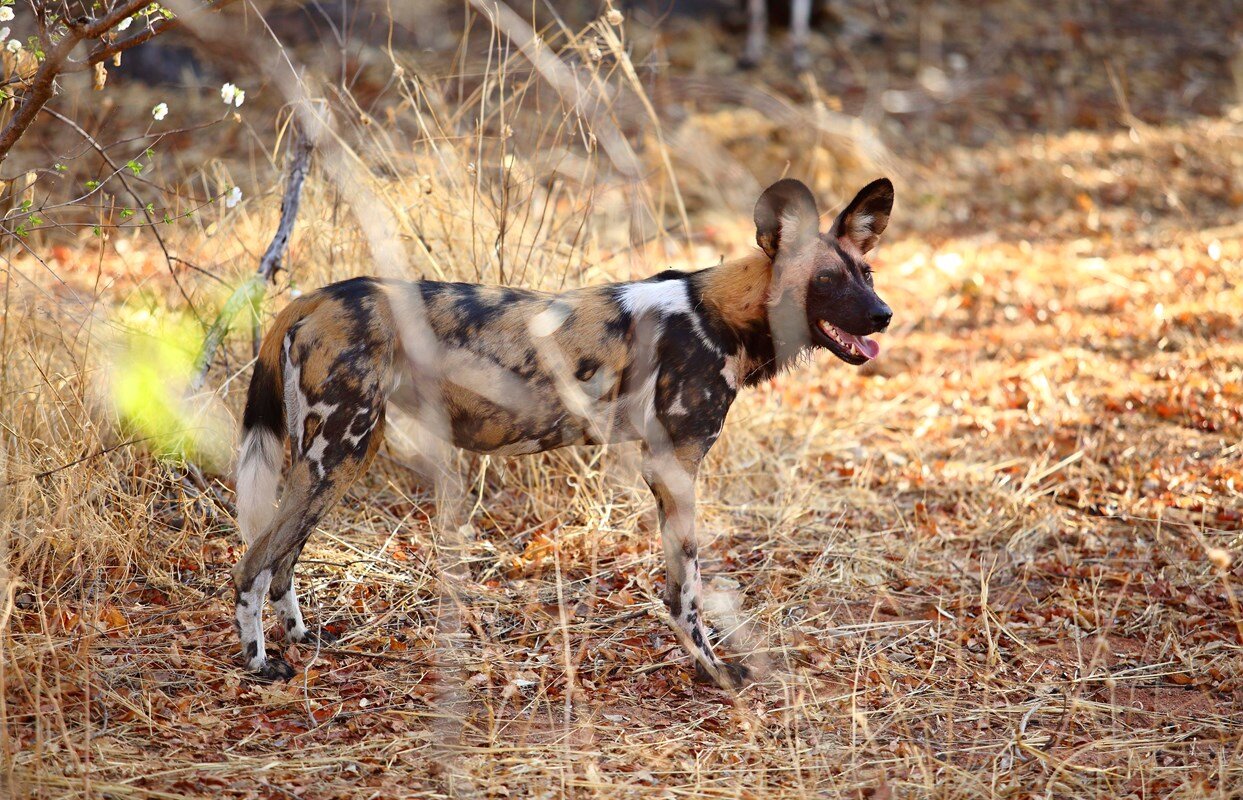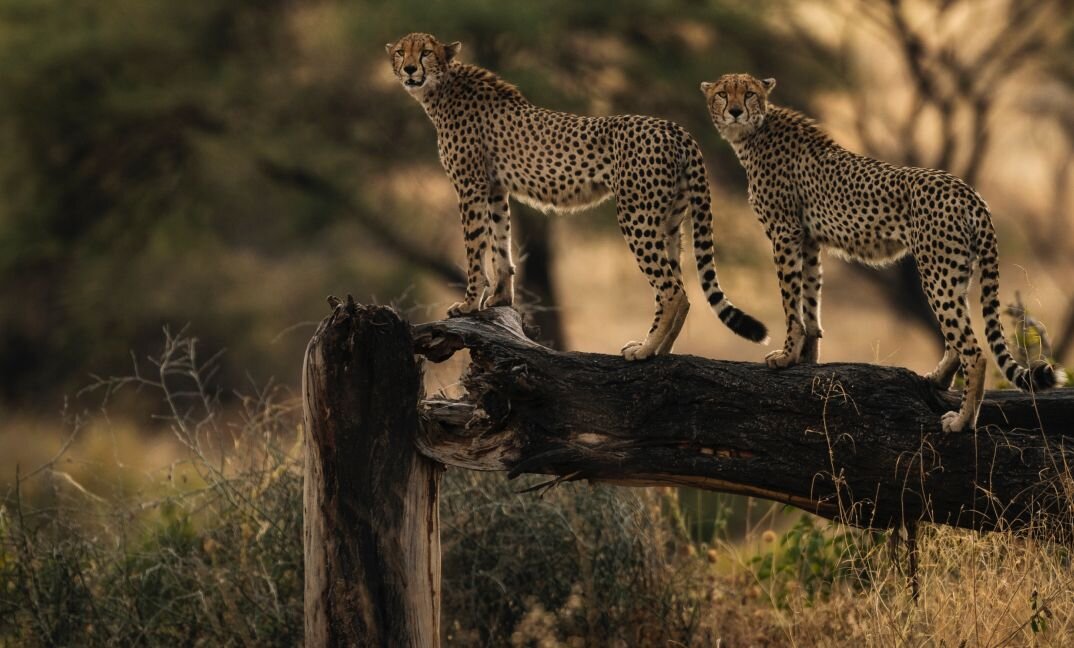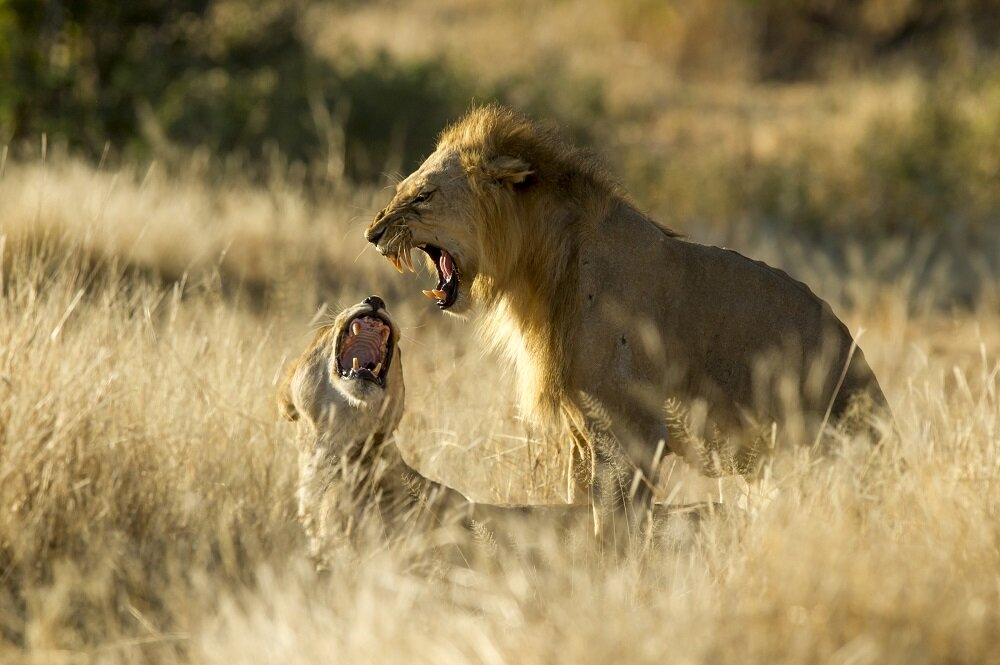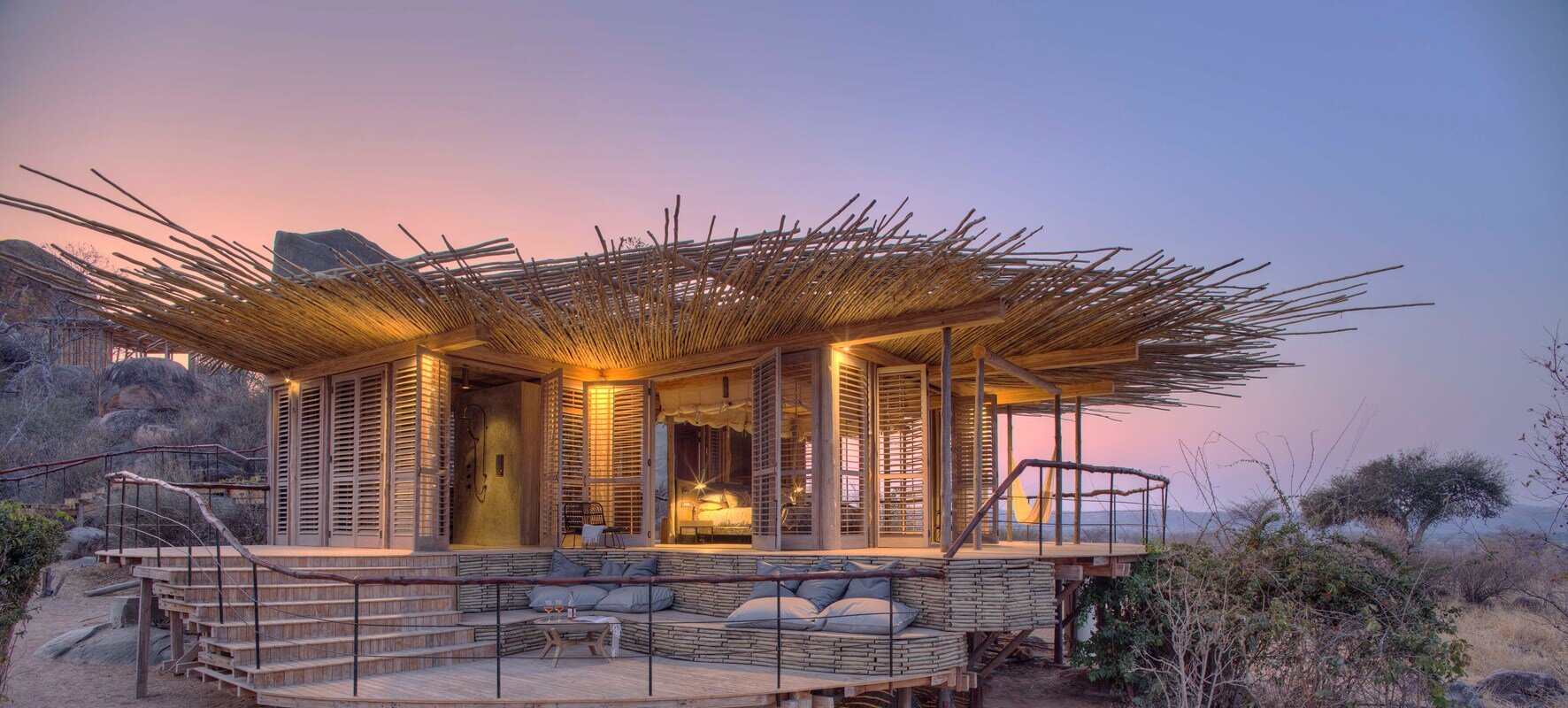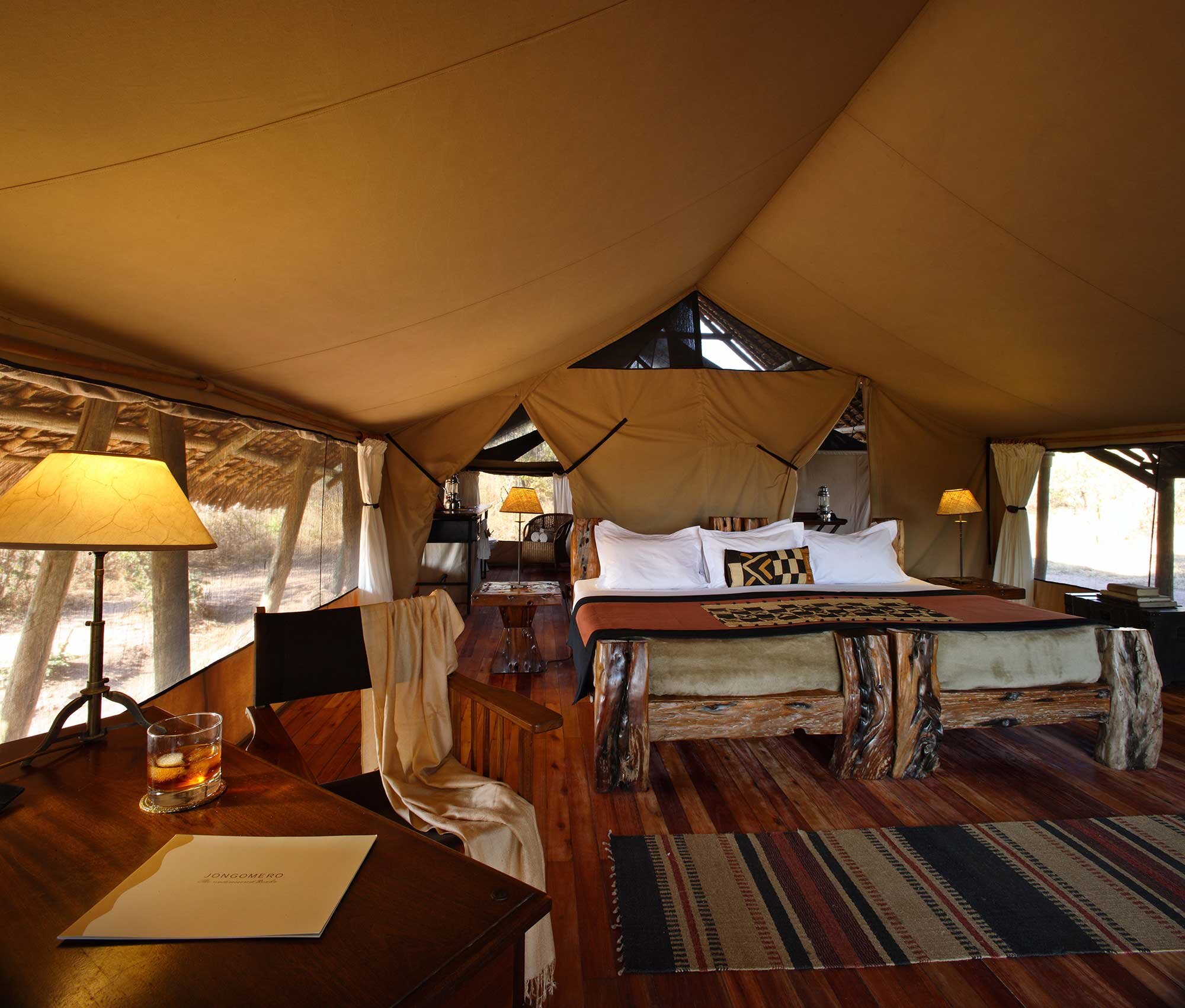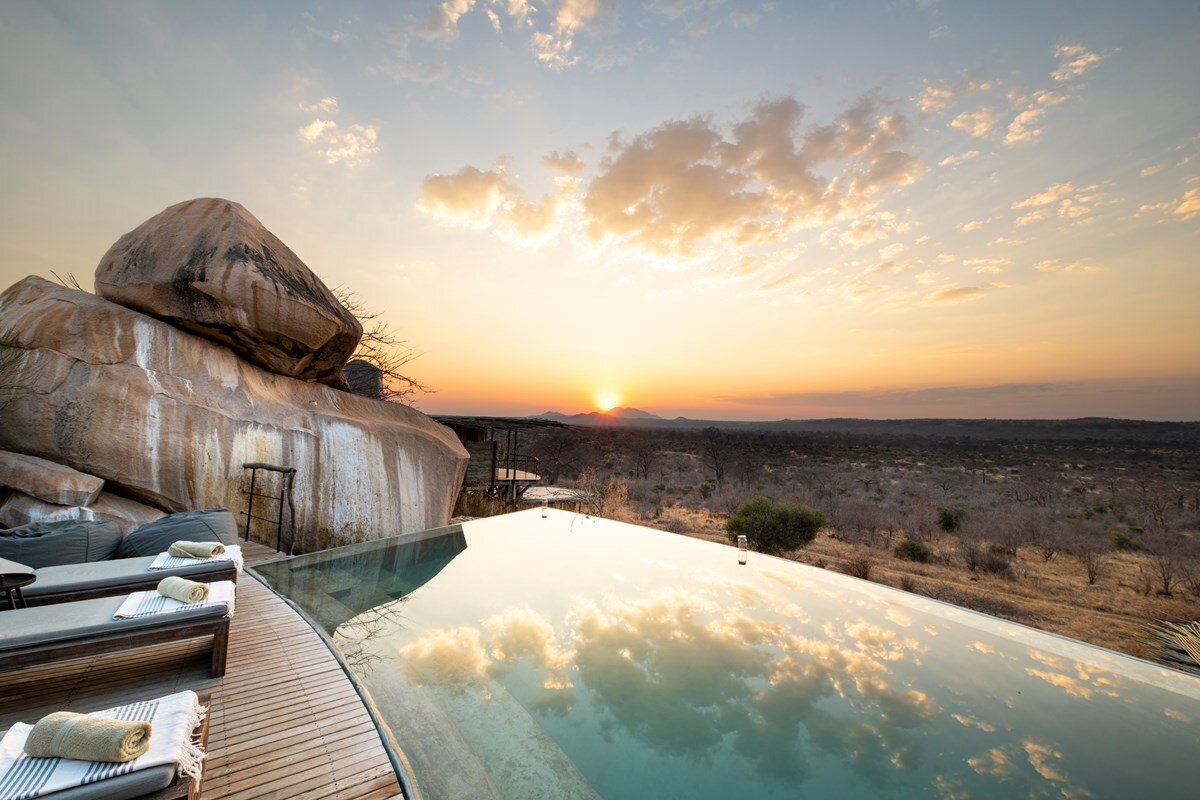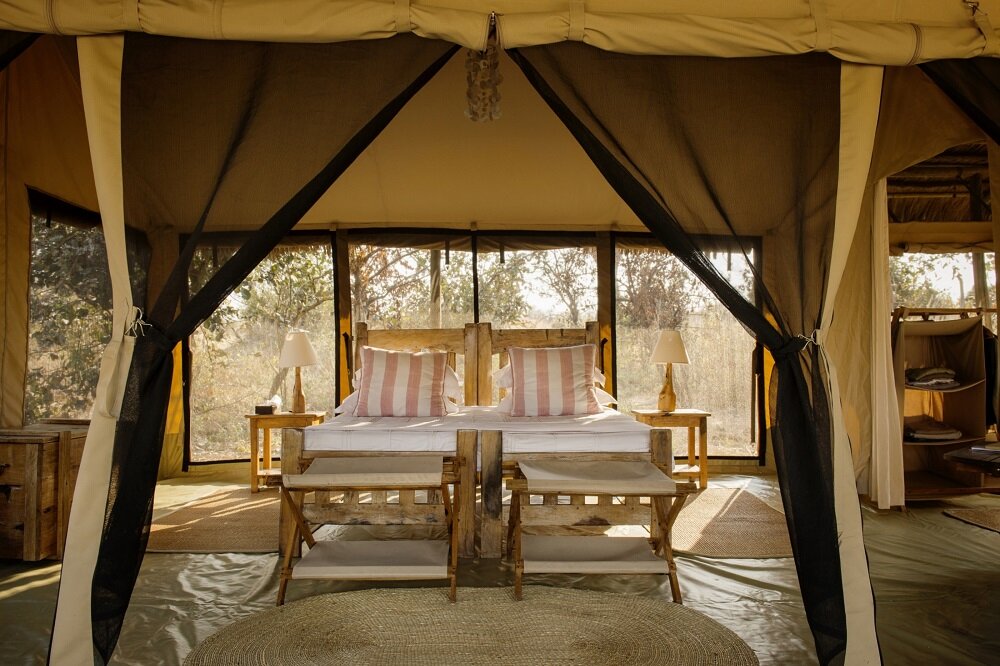Your Ruaha National Park Safari Starts Here
Ruaha National Park is the largest national park in Tanzania, and it has a truly wild atmosphere that all of our guests love. Relatively untouched, it’s a wilder and more remote park than its southern neighbor Selous Game Reserve and ultimately has the better wildlife, albeit without boating safaris. Safaris here offer superb value for money and some of the best you will find in the country. Located to the west of the Selous Game Reserve and south of the Serengeti, Ruaha's relative inaccessibility means it gets far fewer tourists than the Selous and less than any comparable park in the Northern circuit. The rewards of traveling this far are a wild landscape with baobab studded hills and rocky escarpments, and with superb wildlife.
The name of the park comes from the Great Ruaha River, which flows along its South-Eastern margin and is the focus for game-viewing. The eponymous Great Ruaha River serves as a lifeline for the park’s wildlife.
The lion viewing is especially rewarding and general predator concentrations across the park are better than many of the other parks in the country. The park is characterized by a semi-arid type of vegetation, baobab trees and acacia, and there are over 1,650 identified plant species. To sum up, Ruaha is an absolutely excellent safari destination and valuable addition to your great Tanzania Safari Holiday.
Wildlife in ruaha National Park
Ruaha safaris have reliably exciting predator concentrations. The park is home to 10% of the world's lion population (it’s not uncommon to find prides of more than 20 lions in the park), contains one of four cheetah populations in East Africa and has the third largest wild dog population in the world. Elephants are seen in high densities during the dry season, when they gather around the dry riverbed to dig for water with their trunks and front feet.
It is the park's crazy combinations of species from east and southern Africa that excites wildlife and birdwatching enthusiasts. It is not uncommon to see Grant's gazelle, greater kudu and lesser kudu in the same area as east Africa's common species such as zebra, defassa waterbuck, impala and giraffe. Put in the hours and travel across the park to find sable, roan, hartebeest and over 570 species of bird including the eponymous Ruaha red-billed hornbill! That’s why the park is also one of Tanzania’s top birdwatching spots.
Migrant birds from Europe, Asia, Australia and Madagascar arrive during the rainy season between February and April. The park also is home to a number of reptiles and amphibians like poisonous and non-poisonous snakes, monitor lizards, crocodiles, agama lizards and frogs.
WHEN TO Visit RUAHA National park
June-Nov: Dry Season
December: Annual Rains
Jan-March: Green Season
April-May: Closed
Like the Selous, Ruaha is a classic dry season park. The long, dry season between June and November is the best time to see large mammals and big cats. Game gets progressively better towards the end of the dry season as the water holes and rivers dry up and the game concentrates around water making them much easier to find. June is also breeding season for the Greater Kudu, so you’ll see lots of males with their elegant, twisted horns. In the dry season, visitors can expect to see golden savannah studded with baobabs and misty hills stretching along the horizon. Waterbuck, impala and gazelle come to the river to drink and predators are never far behind. You may spot lions or leopards prowling watchfully along the banks, or cheetah lying in wait on the plains, while skulking jackal and hyena are on the lookout for an opportunity to catch their next meal.
For birders, the best time to visit Ruaha is during the rains between February and March, when the migrant birds arrive. The wet season is a time when the park is at its lushest, with baobabs blooming and wildflowers peppering the rich, verdant grasslands. This is an excellent time for landscape photographers to visit.
Like the Selous, traveling to Ruaha out of season will virtually guarantee that you see no other people whilst on safari and there are pockets in the park where the game concentrations are good at any time of the year, so it is still a viable option to visit the park on the off season.
Activities in Ruaha
The main activity is a Ruaha Safari daytime game drive because night safaris are not allowed. Some camps do offer walking safaris. Jongomero is the only one that operates fly camping trips with nights under the stars. Providing you have the right camera, this is a great opportunity to take some long exposure shots of the sky light you have never seen it before. If photography interests you, you may specifically like to consider one of our Photography Safaris in Tanzania.
how to get TO RUAHA
One of the reasons so few visitors come here is that Ruaha is relatively far from Dar es Salaam but, all things considered, it’s still reasonably accessible. There are chartered and scheduled flights into the park mainly from Arusha, Dodoma, Kigoma and Dar Es Salaam. There is also a flight connecting the Serengeti with Ruaha, and you can also get flights from The Selous. The park’s airstrips are found at Jongomero and Msembe.
Ruaha’s geographical location means it is a longer and more costly flight which keeps the volume of visitors low all adding to its raw and uncommercial feel.
Accommodations in Ruaha national park
Despite the park’s size there are still only a few camps here, which has helped to build Ruaha’s reputation as Tanzania’s best kept game viewing secret. All accommodations offer game drives, and some offer guided walks as well as fly camping. Our favorites are Jabali Ridge, Jongomero and Kigelia Camp.
Ruaha is easily combined with a Serengeti safari or Zanzibar beach break. It also partners well with the Selous. Although it’s the largest national park in the country and rich in wildlife, Ruaha is one of the least busy places to visit in Tanzania, so safaris here are remote and exclusive. Ruaha’s wild and unrestricted feel sets it apart from the other reserves and makes it a popular choice for regular east African safari-goers.
Please get in touch if you have any questions about Ruaha National park. What are you waiting for? Start planning your next big adventure!


